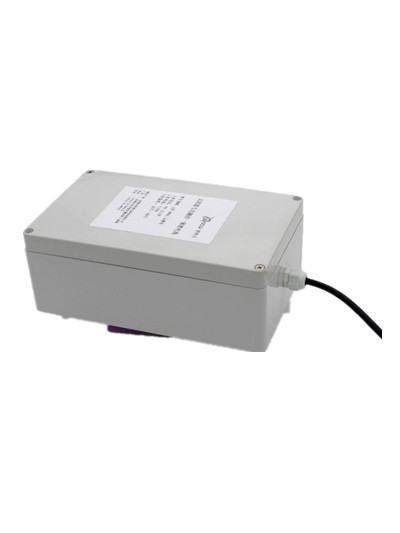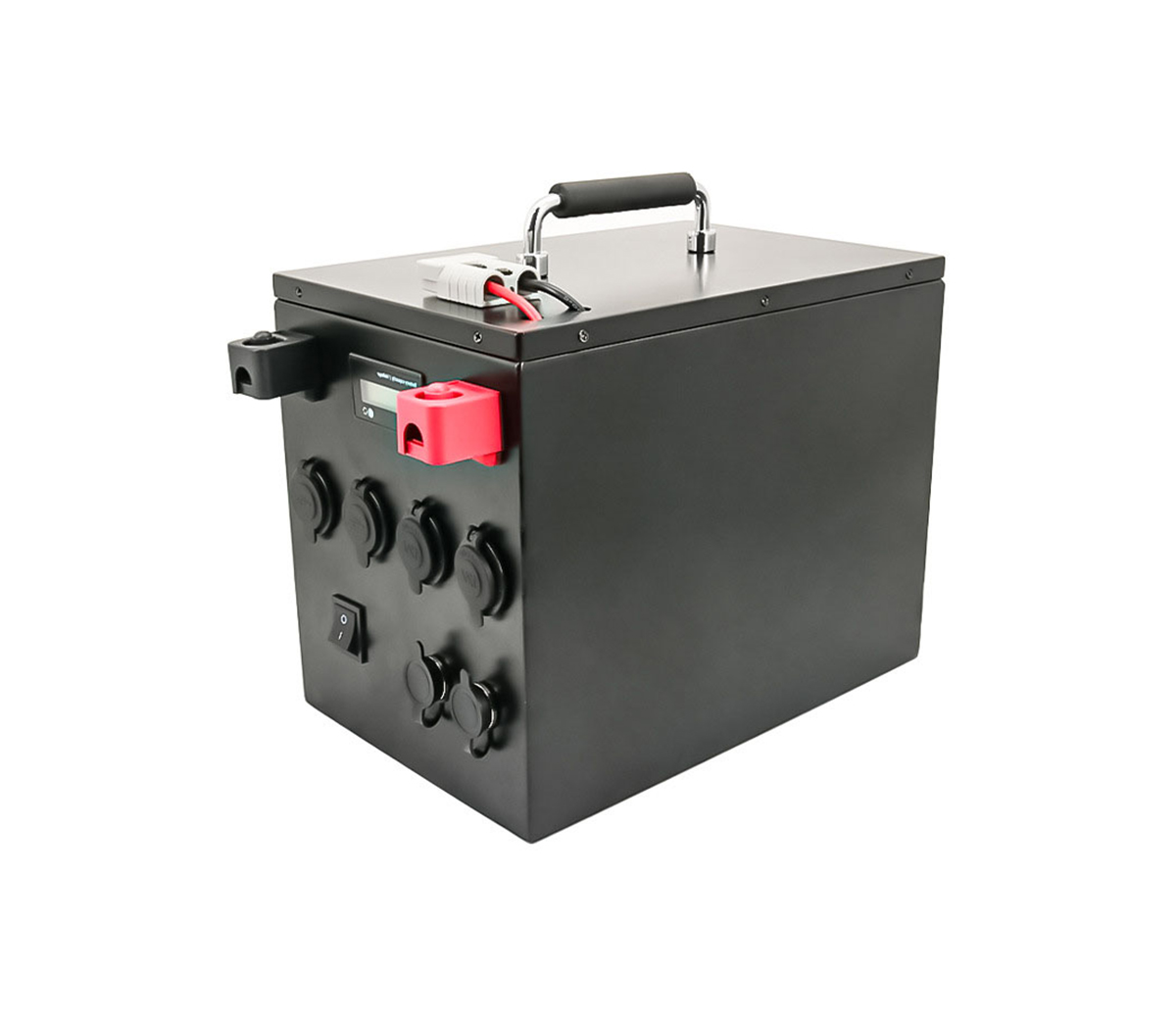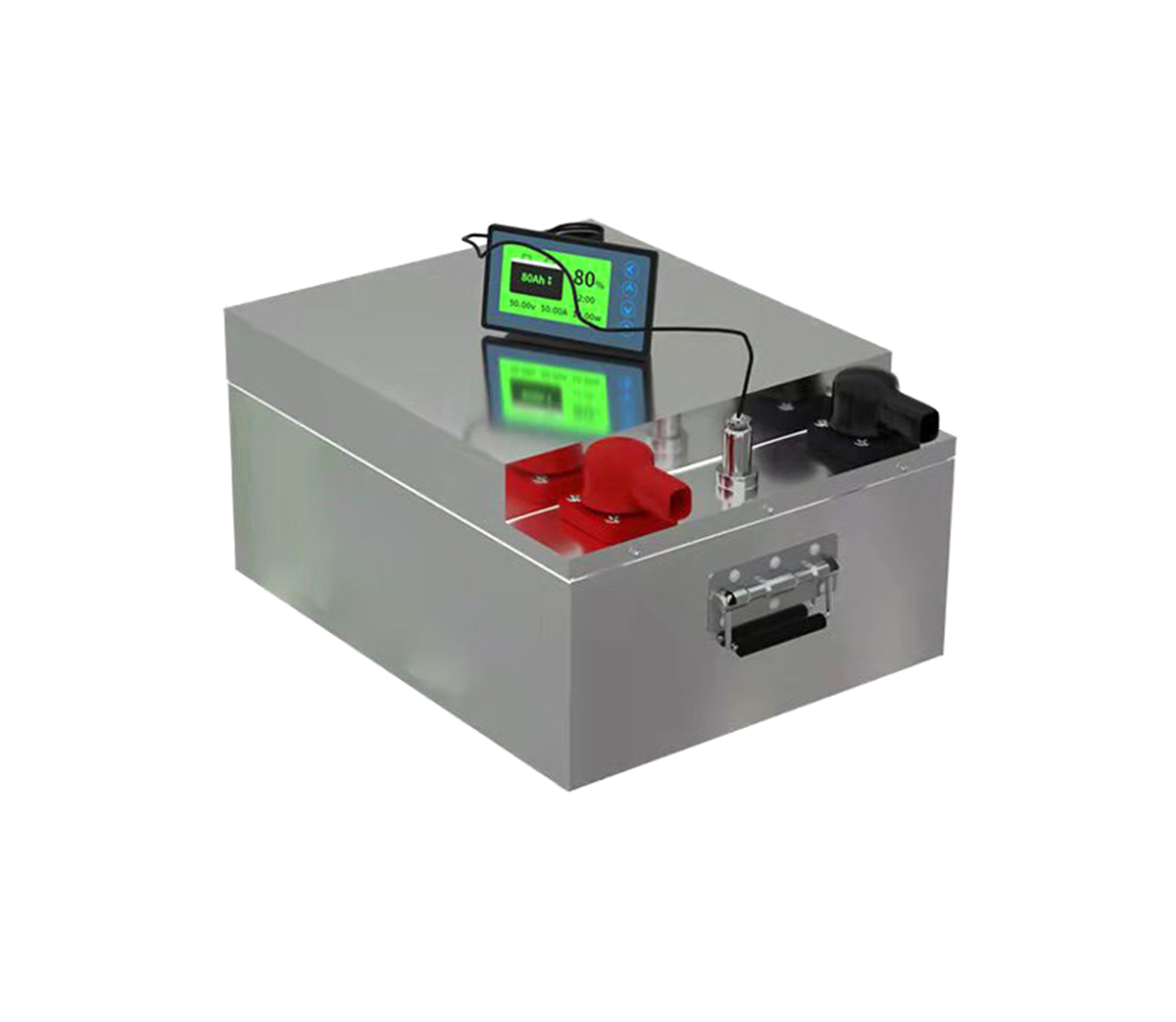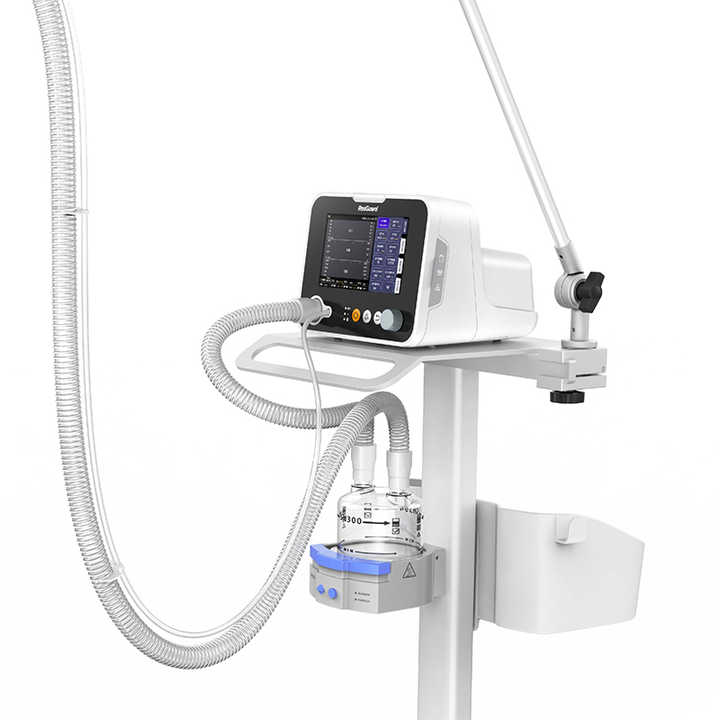
Since the beginning of this year, with the continued popularity of the new
energy vehicle market, many companies have made clear that power batteries are
the future development direction, fixed investment, expansion of product lines,
and new factories have continued to appear. "Power batteries are in short
supply" is constantly mentioned in the industry. The most obvious impact is the
serious shortage of lithium salt supply. The price of battery-grade lithium
carbonate has risen from 40,000 yuan/ton at the beginning of this year to 70,000
yuan/ton, and it is still in demand.
Capital has the most sensitive sense of smell. Since the second half of
this year, I have seen listed companies seeking to purchase power battery
related projects from time to time. The same is true for the secondary market.
The new energy automobile industry chain is one of the main driving forces for
the stock market to resume its rise after the major adjustments. According to
statistics, the battery sector has risen by an average of 33.54% since September
this year, and the energy storage sector has risen by as much as 42.53%.
Although the current demand for the battery industry for new energy
vehicles is booming, the current battery technology is still a gulf blocking the
development of new energy vehicles. Regardless of whether battery-powered pure
electric vehicles or fuel cell electric vehicles, there are cost and durability
challenges.
A battery system with a lithium-ion battery pack whose specific energy
exceeds 0.25 kWh/kg has not been realized so far. Therefore, for the
medium-sized car market, it is temporarily impossible for a pure electric
vehicle driven by a lithium-ion battery pack to have a range of more than 300
kilometers on a single charge. Even if related products come out, the price is
unaffordable for ordinary consumers.
In the lithium-based battery system, there is currently a lack of stable
electrode components and electrolyte materials, and it is impossible to
guarantee that the oxygen regeneration reduction rate during the charge and
discharge cycle will reach 100%. Therefore, in the future basic research and
material development, the feasibility of lithium/oxygen batteries must be
further verified.
It is difficult for lithium/sulfur battery packs to obtain the ideal
specific gravity energy density. Regardless of the electrode material used, the
achievable specific volume energy density of lithium/sulfur battery packs is
significantly lower than that of traditional lithium ion batteries. In order to
make the specific gravity energy density of the battery cells competitive,
lithium/sulfur battery packs require a considerable surface area capacity
(greater than 4 mAh/cm²) and a very high cathode sulfur content (greater than
60%).
In terms of specific volumetric energy density, the lithium/sulfur battery
pack is completely inferior to the traditional lithium-ion battery pack.
However, considering cost factors, lithium/sulfur battery packs may have certain
advantages, because additional components (diffusion membranes, etc.) that
improve life cycle and safety are relatively inexpensive. If the solid
electrolyte interface membrane is developed to prevent the continuous
consumption of the electrolyte, and the application of silicon material instead
of metallic lithium as the anode material, it will be possible to increase the
energy density and prolong the life cycle. The silicon anode of lithium/sulfur
battery packs is still an open question concerning how to be compatible with
lithium. Methods include industrially feasible pretreatment lithiation
processes, or the use of lithium sulfide instead of sulfur cathodes.
In the past ten years, hydrogen fuel cells have made great progress. The
concept of cathode high-activity catalyst is reducing the amount of platinum
used in each fuel cell vehicle to less than 10 grams. The new type of
platinum/aluminum catalyst processed by dealloying technology exhibits excellent
voltage cycle stability and meets the standards set by the U.S. Department of
Energy. The challenge now is to combine advanced catalyst concepts with highly
durable carrier materials to ensure the performance of fuel cells throughout the
life of the vehicle. In addition, the quality transmission loss caused by the
low platinum load needs to be understood in more detail to better reduce the
loss. The main challenge faced by fuel cell media membranes is to discover
materials that are suitable for high operating temperature and relatively low
humidity environments to help simplify system design, improve heat rejection
efficiency, and reduce the energy loss of air compressors.
At present, the government's support for new energy vehicles is mainly
concentrated on the back-end of market sales, and the front-end investment in
R&D and design is relatively small. This "imbalance" will cause a very large
lag effect, which is also the current battery technology development that cannot
keep up. The main internal reason for the increase in market sales. If this
"imbalance" is not broken, the development of new energy vehicles will
inevitably be as difficult as a "crimp" to run fast. We should build a
reasonable top-level building and improve technological innovation to a
strategic position to make new energy vehicles run faster and faster.



































